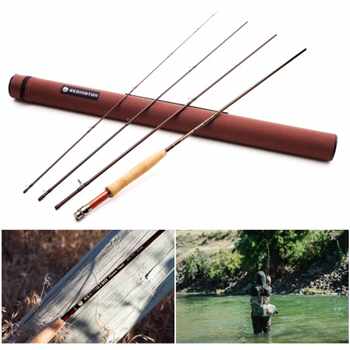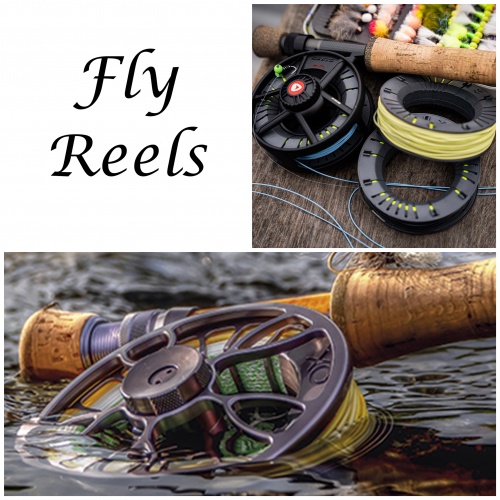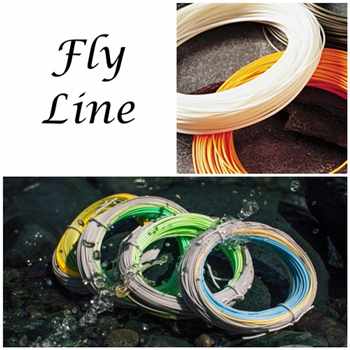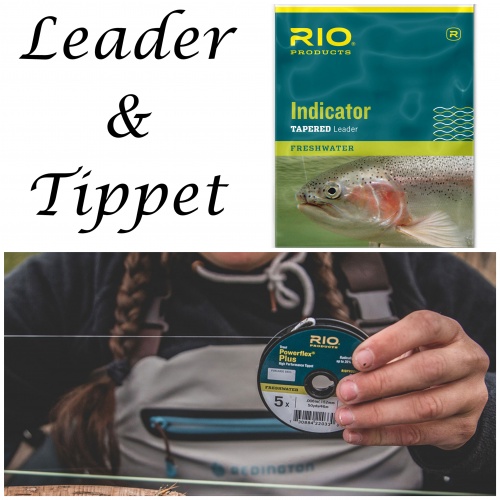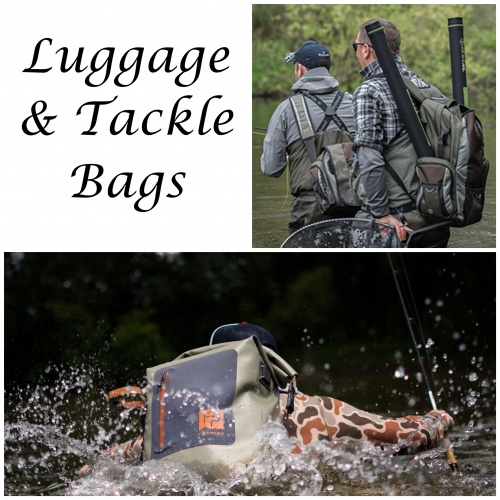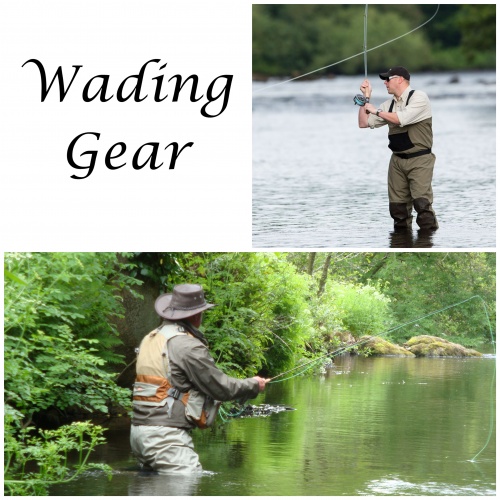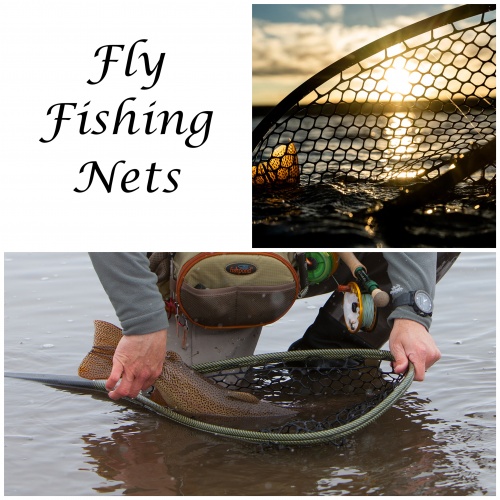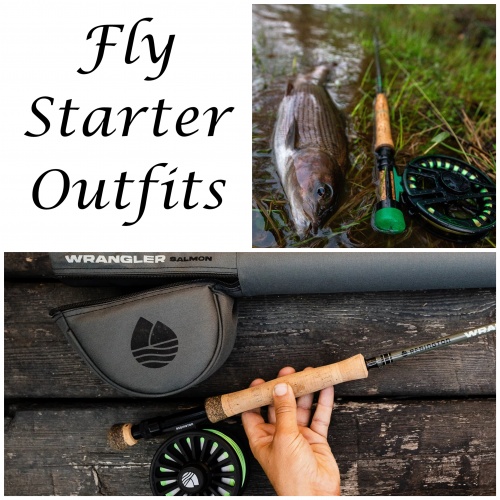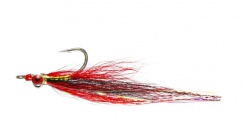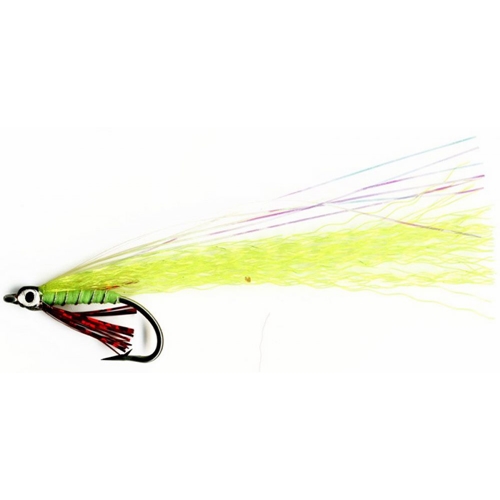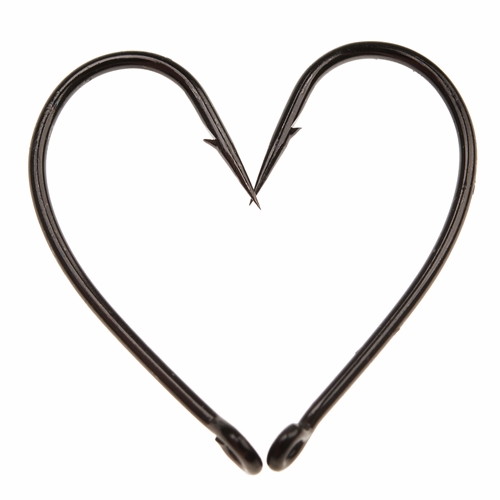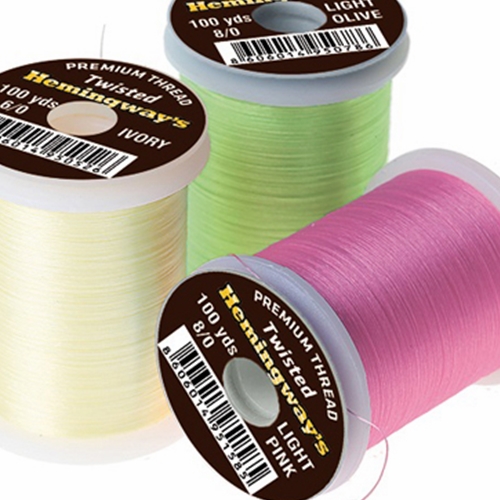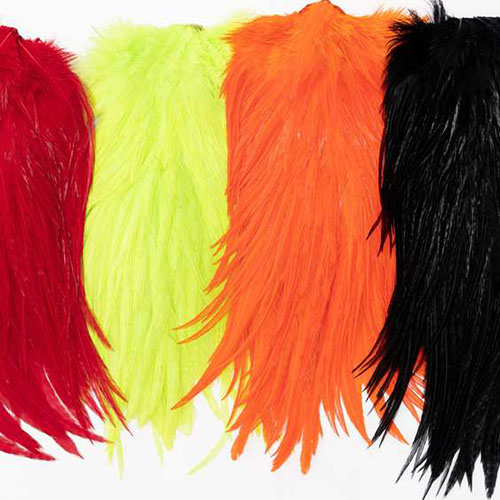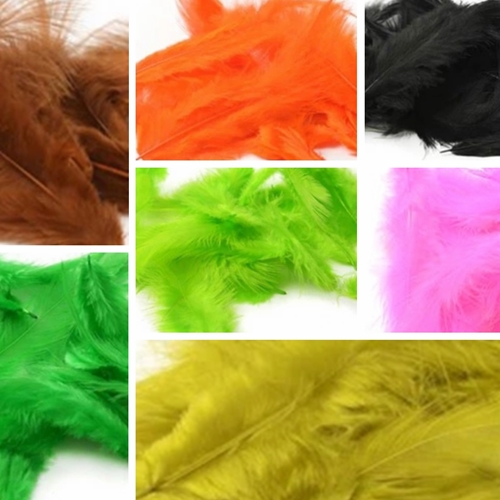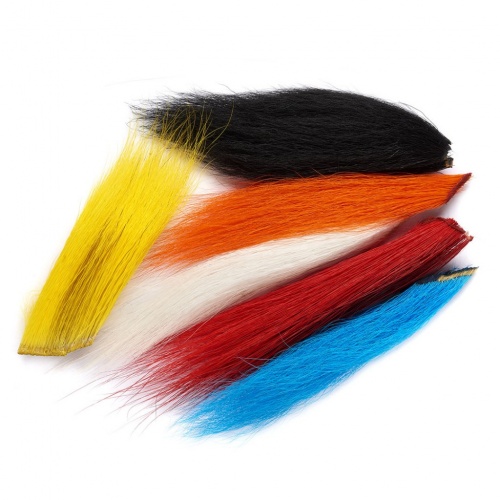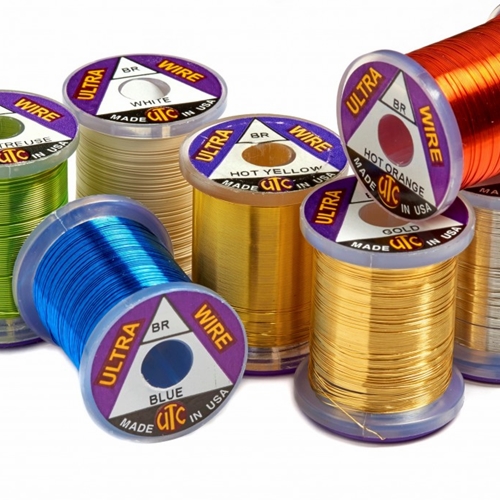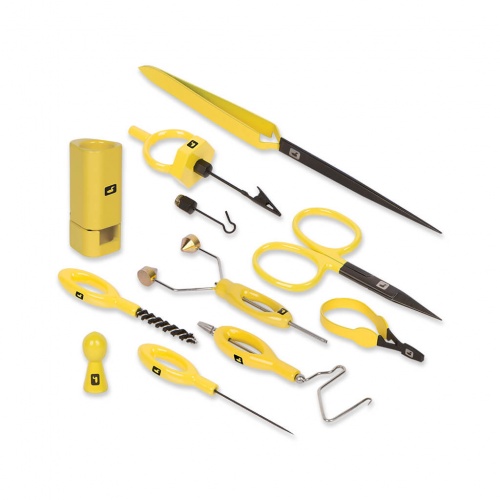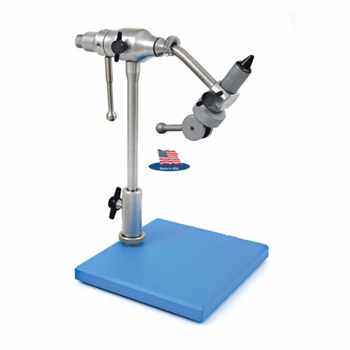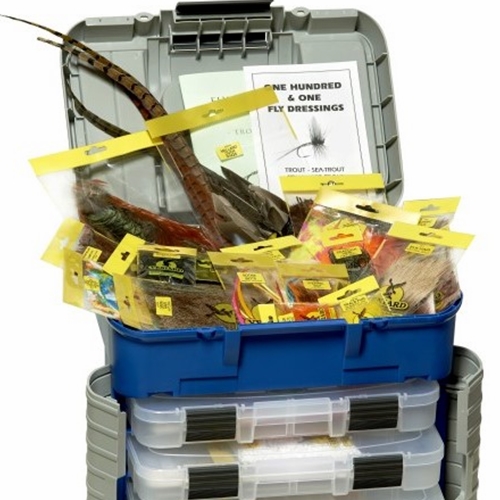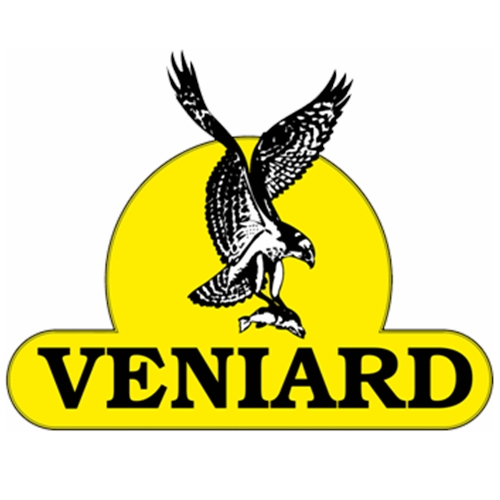Fly Fishing Glossary S's
Fly-Fishing can often be confusing to beginners to the sport because fly-fishermen talk and write in a strange language using words not always in standard use. To help take some of the confusion out of the terms bandied about by fly fishermen we have compiled this glossary.
[ A ] [ B ] [ C ] [ D ] [ E ] [ F ] [ G ] [ H ] [ I ] [ J ] [ K ] [ L ] [ M ] [ N ] [ O ] [ P ] [ Q ] [ R ] [ S ] [ T ] [ U ] [ V ] [ W ] [ X ] [ Y ] [ Z ]
SS-cast: An "S" pattern of the fly line on the water created by side-to-side movement of the fly rod during the forward cast. This cast is used to put slack in the flyline and hence to reduce the influence of the current on the line and thus to minimize drag and present the fishing fly naturally a the true surface speed of the current.
Salmon Flies: Salmon fishing flies are designed specifically to stimulate salmon, they may look like shrimps or be highly mobile to provoke attack.
Saltwater Taper: a weight forward fly line that is similar to a bass bug taper or pike taper. It is designed to turnover big saltwater flies.
Scud: A small freshwater shrimp-like crustacean that is present in most trout fly fishing waters and serves as a food source for trout. The term Scud comes from USA
Sea-run: A term describing brown, cutthroat and rainbow trout that hatch in fresh water, migrate to the sea to mature, and return to fresh water to spawn. Rainbow trout (in the Pacific Northwest and Great Lakes) are are called steelhead.
Sedgehogs: Devised by Stan Headley, Sedgehogs are stunning for the hill lochs in the Highlands but work on most waters with the popping sound and rise and fall as it is retrieved
Setting the hook: To make sure the hook penetrates the fish's mouth, an angler must apply an upward or sideways motion of the fly rod or some sort of quick tension on the fly line. When fishing with fishing flies, fish often do not hook themselves because very soon after they mouth the fly, they are aware that it does not feel, taste or smell like it should. They will spit it out! Hnce the need to set the hook
Sewin: In Wales Sea Trout flies are are used as Sewin is a local name for sea-trout
Shipmans Buzzers: The Shipmans Buzzer, created by Dave Shipman in 1979-80 is very popular with anglers, a highly buoyant buzzer fly pattern
Shooting head: Part of a special fly line used for long distance casting. The shooting head is a heavy section of line attached to a thin running line (made of monofilament, Dacron or fine fly line). The Shooting head has almost all of the weight of a normal line, but obviously is it almost totally concentrated in that first 30 feet. Shooting heads are used for making long casts in fly fishing.
Shooting line: The process of extending the length of your fly cast by releasing an extra length of fly line (usually held in your rod hand) during the forward/presentation part of the cast. This technique allows a fly angler to false cast a shorter segment of line and then only at the time of the final forward cast to bring a longer segment of line into play.
Shooting Taper (ST) or Shooting Head: a short single tapered fly line, 30-38 feet long; shooting heads are designed for longest casts with minimum effort; shooting heads allow quick change of line types (floating, sinking, sink-tip) through quickly interchanging head sections; shooting heads are most commonly used with salmon fly fishing, steelhead, saltwater fly fishing.
Single action: The typical fly reel where in a single turn of the handle causes one turn of the reel spool. This is distinguished from the multiplier reel where a single turn of the handle causes multiple turns of the spool and makes it easier to retrieve line. Multipliers are generally used in coarse fishing. Almost all high quality fly reels are single action.
Sink Rate: the speed at which a sinking fly line sinks; there are different sink rates for fly lines, from very slow to extremely fast.
Sink Tip: A fly line that has both a floating segment (say the first 95 feet) and a sinking section (the last 10 feet). This style of line is used for underwater presentation of flies in fast water or in some still water fishing situations. These are also called Midge Tips.
Sinking Fly Line (S): a fly line in which the entire length of the line sinks beneath the surface of the water.
Spawn: The behavior of fish where females deposit eggs (also called spawn) on various surfaces (varying with species) and the male produces necessary milt to ultimately turn the eggs into fry. We go salmon fly fishing when he salmon come to freshwater to spawn.
Spey: A particular casting technique using special double-handed fly rods and a modified roll cast. It is named after the river in Scotland where it was developed.
Spinner: The last stage of a mayfly, based upon the fact that the wings are spread horizontally as it falls to water surface after mating. The spinner is of significance because the spinner is an easy target for feeding fish.
Spinner fall: When mayfly of a particular sub-species go into the spinner stage they do so over a relatively short period of time, sometimes creating a feeding frenzy during what is called a spinner fall.
Split cane rods: Fly rods constructed of six pieces of split cane bamboo, which are triangularly shaped, tapered and glued together.
Spring creek: A creek or stream that gets its water from a ground flow or spring sources, rather than glacier/snow melt or surface run off. Spring creeks are generally at a temperature of the average rainfall temperature over the course of the year (the source of most ground water) and hence usually do not warm significantly in the summer nor freeze in the winter.
Spool: the part of the fly reel that revolves and which holds the backing and the fly line; spare spools may be purchased separately so that you can take different fly lines for the same fly reel.
Stimulators: The Stimulator fly or Stims was originally developed by Randall Kaufmann to imitate a stonefly adult
Straggle String: An extremely fine micro chenille available in over 35 colours with just 2 cores and a uv fleck developed by Semperfli. Straggle String is used for thoraxes and legs on flies.
Steelhead: A variety of rainbow trout that spawns and lives part of its life in freshwater streams and other parts in oceans. While native to the Pacific Ocean, steelhead have been successfully introduced into many large lakes and now are found in some tributaries of all of North America's Great Lakes.
Stonefly: An aquatic insect found throughout North America that generally requires higher water quality than most fish, including trout. Stoneflies varies in size, but in the larger sub-species can reach 2 inches. It life stages vary from mayflies and caddis flies as as it crawls out of the water onto a rock, splits its outer covering and becomes a flying insect with wings that lay on its back.
Streamer: A streamer fly classically made of long soft feathers or animal hair (like bucktail) to imitate a bait fish, leech or other non-insect . Modern streamers are made of many synthetic materials, including metallic film and even epoxy.
Strike: The action of a fish in trying to eat a fishing fly. This term also refers to the movement of the rod a fly angler makes to set the hook.
Stripping: Bringing in a fly line with in a series of short or varied pulls so as to simulate a living insect or bait fish. Often also involves movements of the rod tip.
Stripping guide: The guide nearest the fly reel on a fly rod, usually more substantial and larger in diameter than the snake guides nearer the tip. It is called a stripping guide because in bringing in the fishing fly, the line is pulled over this guide with a lot of force.
Stripping line: Retrieving the flyline by pulling it in through your fingers as opposed to winding it in on the reel.
Surgeon's Knot: excellent knot used to tie two lengths of monofilament together; the lines may be of dissimilar diameters.
Suspender Buzzer: A buzzer fly that simulates the buzzer pupa in the surface film preparing to emerge.
Switch rod: are short length two handed fly rods that allow the caster an optional use as a single handed fly rod if desired, or if advantageous to do so, a Switch Rod shorter than two handed fly rods.




